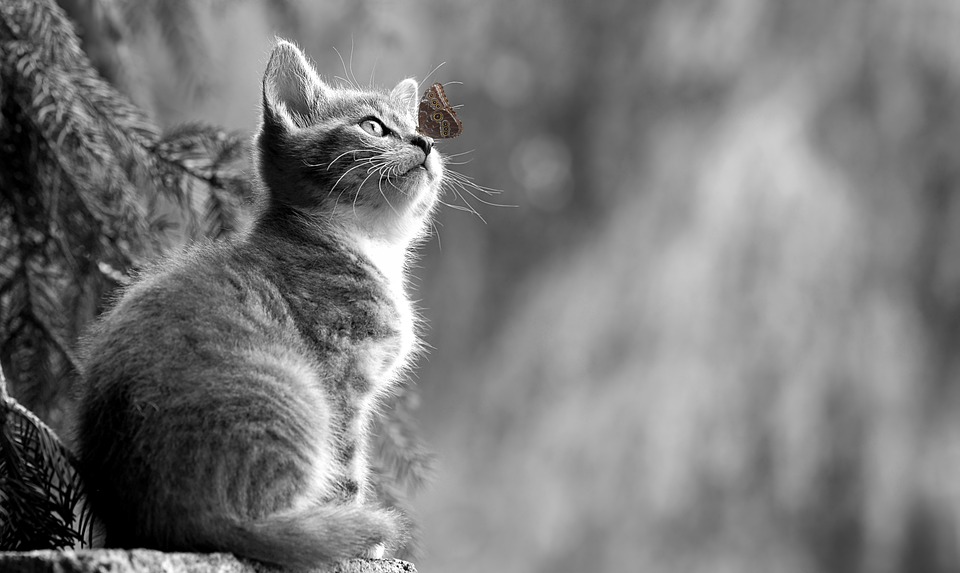Understanding the body language of cats is essential for any cat owner. By deciphering the various cues and signals cats use to communicate, owners can gain valuable insights into their feline friend’s emotions and needs. In this article, we will explore the different body language signals cats display and provide a comprehensive guide to feline behavior.
One of the most prominent indicators of a cat’s mood is its tail position and movements. An upright tail signifies confidence and friendliness, while a puffed-up tail indicates fear or aggression. Twitching tail suggests frustration or excitement, while a wagging tail can be a mixed signal, potentially indicating both interest and caution.
Ears are also crucial in understanding a cat’s body language. Forward ears indicate alertness and curiosity, flattened ears signify fear or aggression, and sideways ears indicate relaxation and contentment.
A cat’s eyes can reveal a lot about their emotional state. Dilated pupils often indicate agitation or fear, while half-closed eyes suggest contentment and relaxation. Blinking or slow eye blinking is a sign of trust and affection.
Body posture is another important aspect of cat body language. An arched back usually indicates fear or aggression, while a cat rolling onto its back is a sign of playfulness or trust. A crouched position typically signifies fear or anxiety.
Vocalizations also play a role in feline communication. Meowing can have different meanings, with short meows often used for greetings or requests, and loud and prolonged meows indicating a demand for attention or hunger. Chirping sounds are usually associated with excitement or hunting instincts.
Purring is a well-known behavior that signifies contentment and relaxation in cats. However, it can also serve as a mechanism for stress relief or healing.
Hissing and growling are warning signs of fear or aggression. Cats use these vocalizations to communicate their discomfort or to ward off potential threats.
Understanding social interactions is critical for interpreting a cat’s body language. Rubbing and head bunting are often used for scent marking and territory claiming, but they can also be affectionate gestures.
Tail wrapping is a behavior that demonstrates trust and friendship. Cats may wrap their tails around their owners or other cats in a display of comfort and familiarity.
Kneading is a common behavior where cats push their paws in and out against a soft surface. It is often associated with contentment or nostalgia and is commonly observed when cats are happy or relaxed.
To further enhance our understanding of cat body language, the article provides a section of frequently asked questions. These include queries about the meaning of a vibrating tail, arched back behavior when encountering other cats, flattened ears, signs of anxiety or stress, and the reason behind a cat purring when in pain.
In conclusion, by familiarizing themselves with the body language of cats, owners can develop a deeper understanding of their emotions and needs. It is important to remember that each cat is unique, and body language should be interpreted in conjunction with other signals. Paying attention to a cat’s tail, ears, eyes, vocalizations, and overall body posture will help build a stronger bond with feline companions and ensure their well-being.








